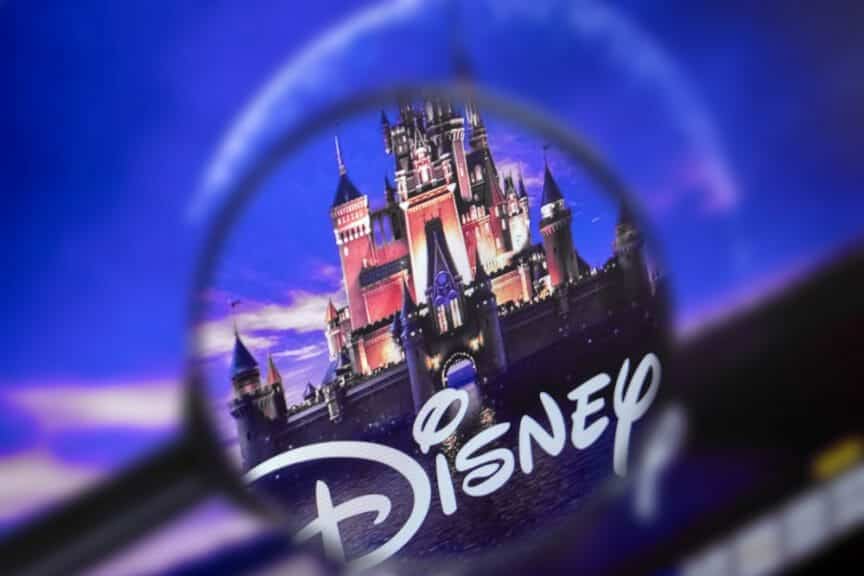In recent years, Disney has produced many updated versions of their popular cartoons. However, the adaptations reveal a trend of whitewashing in Disney’s casting.
What is Whitewashing?
Merriam-Webster dictionary defines whitewashing as the alteration (of something) “in a way that favors, features, or caters to White people, such as: (a) to portray (the past) in a way that increases the prominence, relevance, or impact of White people and minimizes or misrepresents that of nonwhite people or (b) to alter (an original story) by casting a White performer in a role based on a nonwhite person or fictional character.”
There are three major occurrences of whitewashing in media:
- The replacement of characters of color with White characters.
- The pushing of characters of color to the side to focus on White characters.
- And, finally, the portrayal of a character of color by a White actor, thus erasing people of color from times and places where they should be.
In this article, I will mainly focus on the first one, though it is important to recognize whitewashing in all its forms.
Lilo & Stitch
Most recently, consumers are attacking Disney for their choice of casting in the upcoming live-action remake of Lilo & Stitch. The role of Nani—Lilo’s older sister—will be played by Elizabeth Agudong. Agudong does have Hawaiian ancestry, but she is multiracial and does not share many of the physical characteristics of the original cartoon.
Further, fans feel that Nani’s dark complexion is crucial to the story. For example, her inability to find a job is a major facet driving the overall plot. Though, the reason she has trouble finding a job is due to her dark skin color. In such a way, casting a white-passing actor destroys this plot point, taking away from the criticisms of colonialism seen in the original.
David’s casting has changed since this tweet after racial slurs were found on Machado’s social media. He was replaced by Kaipo Dudoit, whom fans are already praising for his more accurate representation of David.
In Marvel
Tilda Swinton’s casting in Doctor Strange is described as one of Hollywood’s most blatant examples of whitewashing. Kevin Feige, chief of Marvel Studios, wanted, at the time, to oppose the cliché of “the wizened, old, wise Asian man”. However, he realized later that he could have both avoided falling into the cliché and also cast an Asian actor.
Additionally, Wanda Maximoff (aka Scarlet Witch) is a Jewish/Romani superhero. However, Disney decided to ignore this heritage by casting a White blond actress for the role. Roma are a marginalized ethnic minority, and Disney chose to erase their presence from the MCU.
And, in some promotional materials for Black Panther, Disney added a helmet to Chadwick Boseman to hide his skin color.
Further Examples
The backlash Disney is facing now is similar to what they faced after the casting of the live-action remake of Aladdin.
Though Naomi Scott has Indian ancestry, she is biracial and, as seen above, clearly has lighter skin than the original cartoon portrayed.
In the original animation of Ralph Breaks the Internet, Tiana, Disney’s first Black princess, is shown with looser curls and lighter skin. In response, the activist organization Color of Change started a petition entitled “Tell Disney: Stop Whitewashing Their Black Characters,” which you can sign here.
Fans have also pointed out Disney’s removal of Finn, a prominent Black character in recent Star Wars movies, from the promotional poster in some countries.
Criticisms of The Little Mermaid
Many consumers have used this discussion of whitewashing to target Halle Bailey’s casting in the live-action Little Mermaid. They argue that if fans can be angry over whitewashing, they can be angry about replacing White Ariel with a Black actress.
However, mermaids do not exist. Therefore, Ariel’s complexion is not important or relevant to the story. Oppositely, with the previous examples given (Nani, Jasmine, The Ancient One), culture is an important facet of the plot and characters.
Moving Forward
Overall, corporations tend to promote inclusivity when it suits them. It is important, then, to recognize and point out instances of whitewashing or other erasure. If brands like Disney truly are inclusive, they will not alter media to suit their consumers’ biases.














